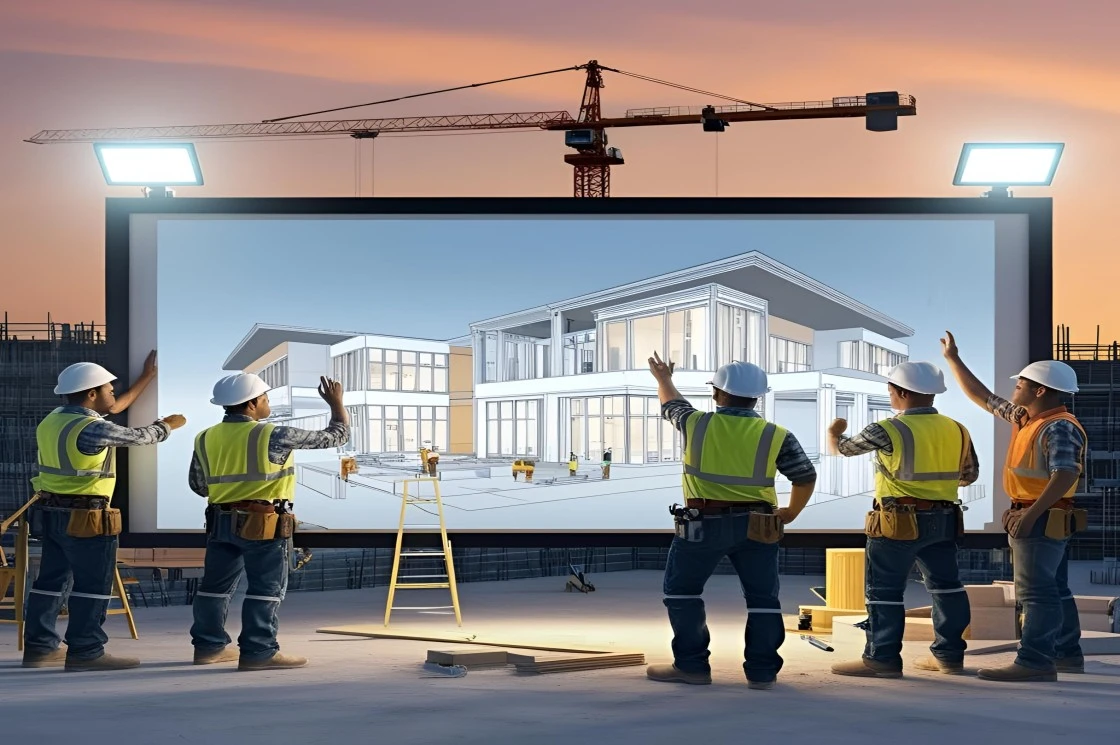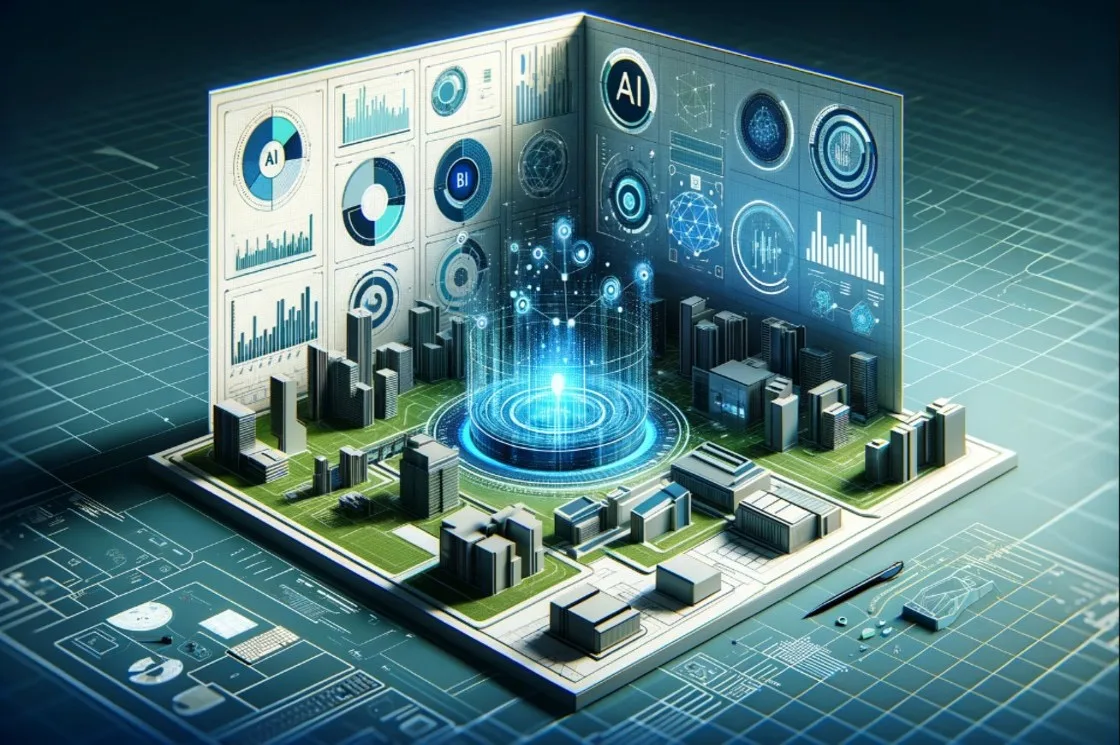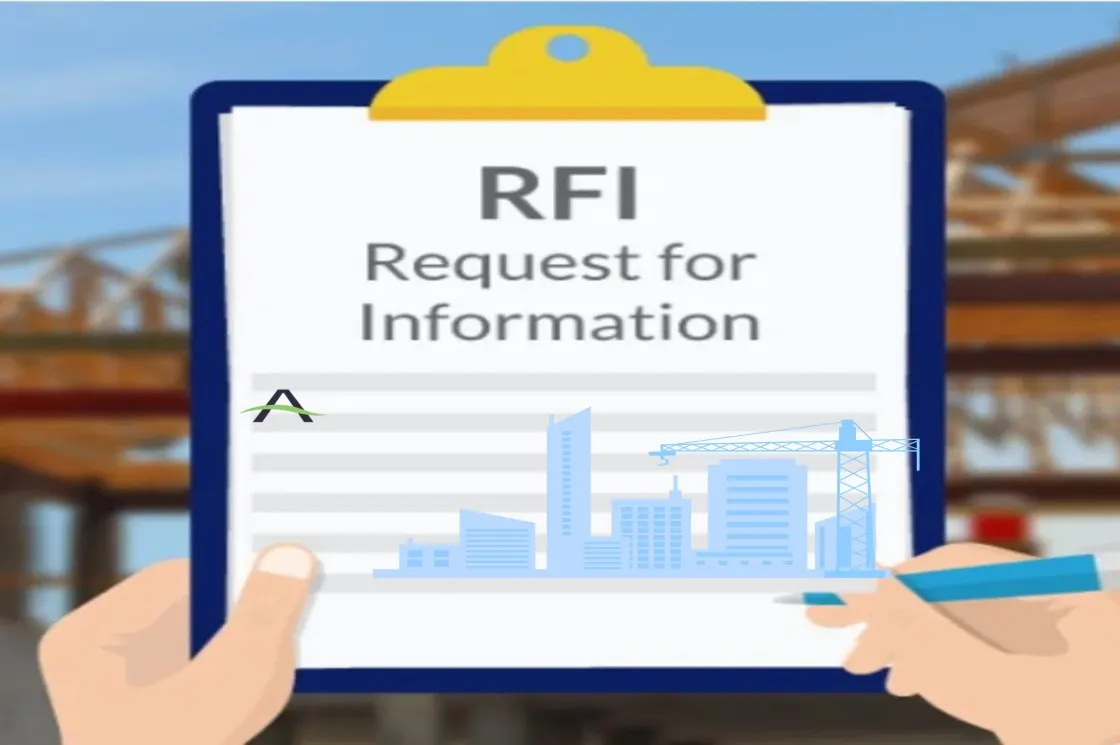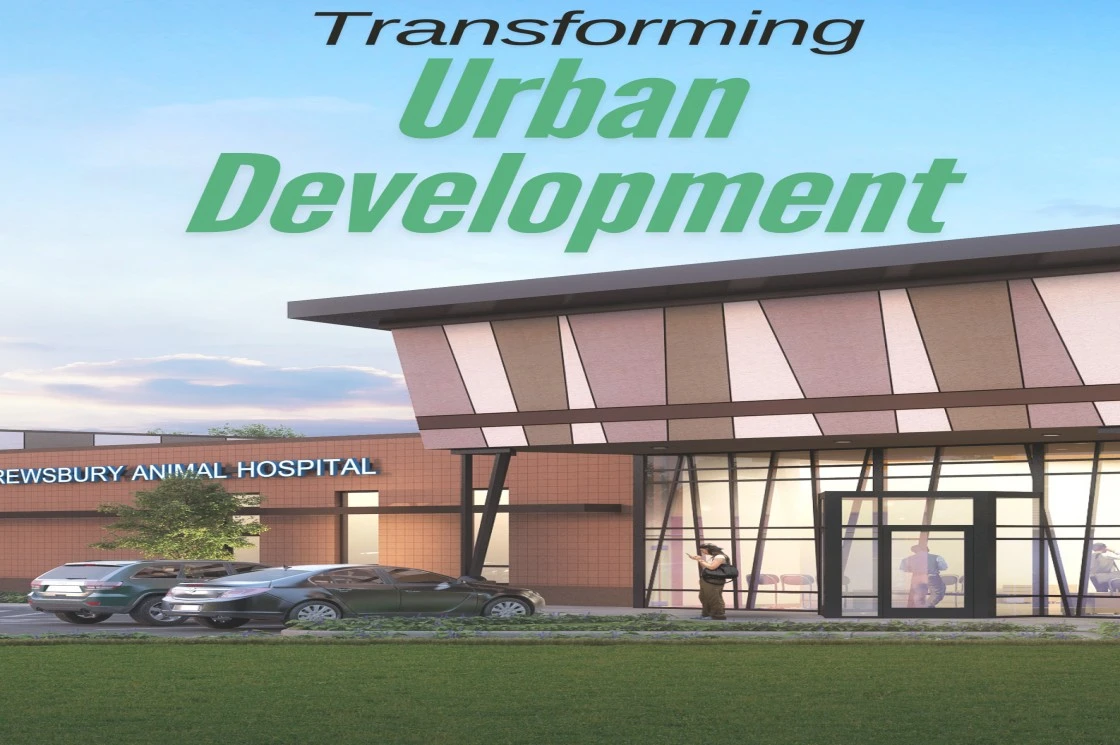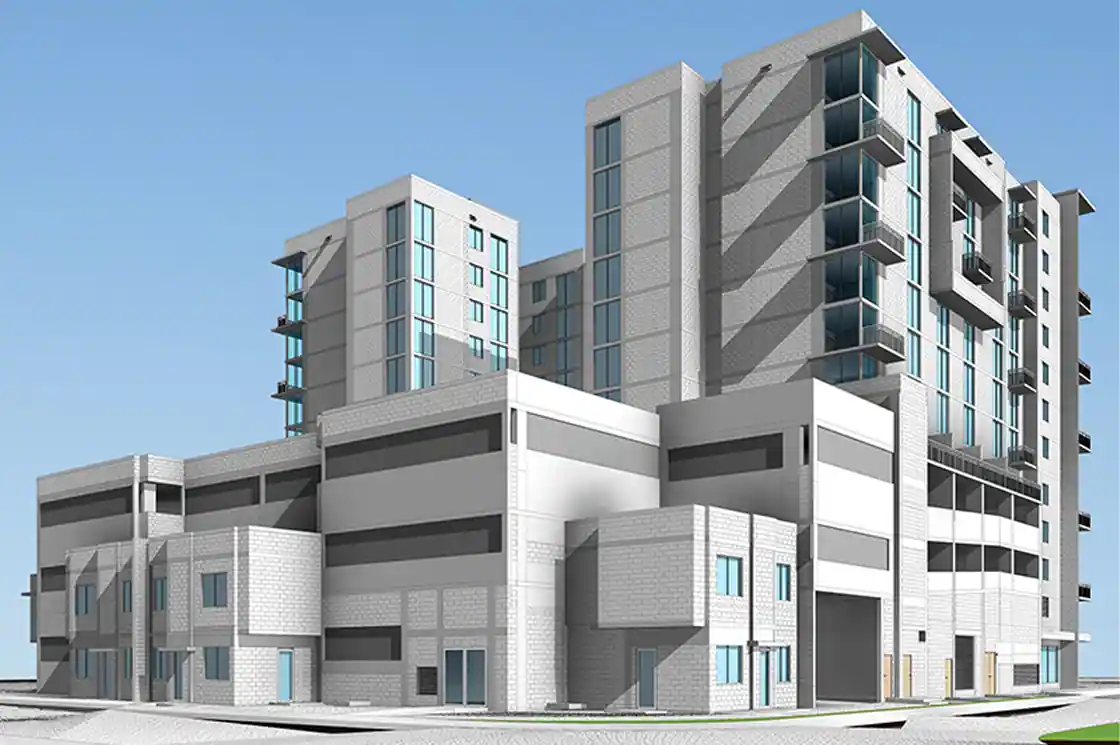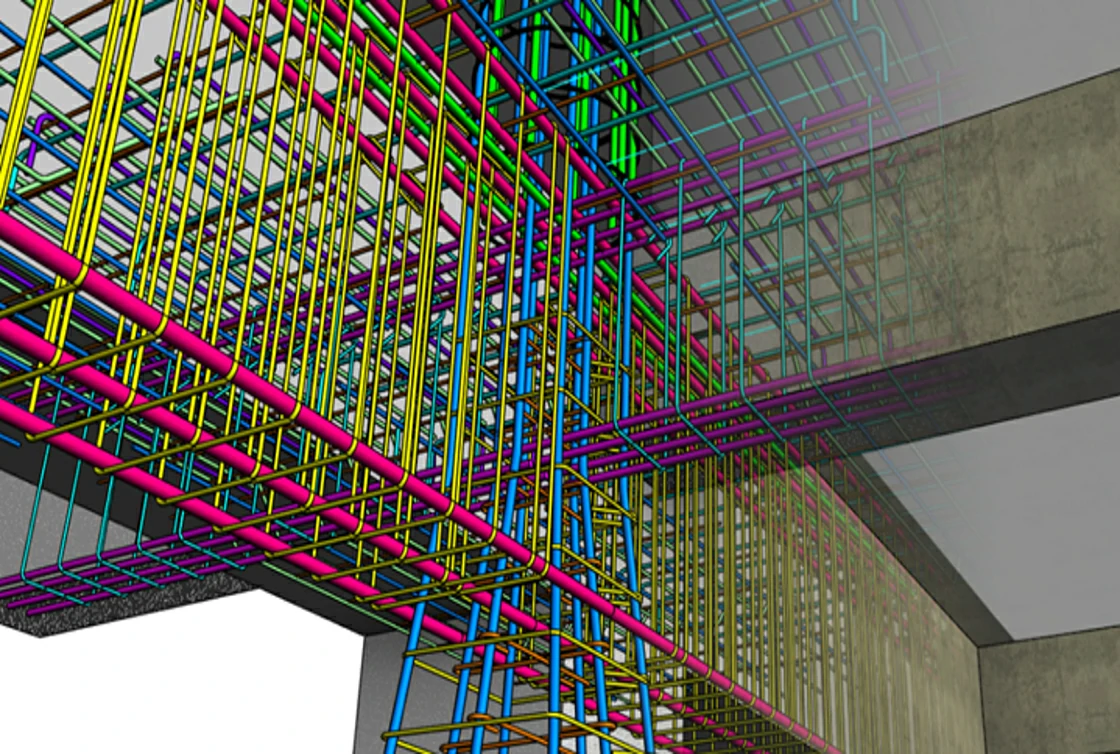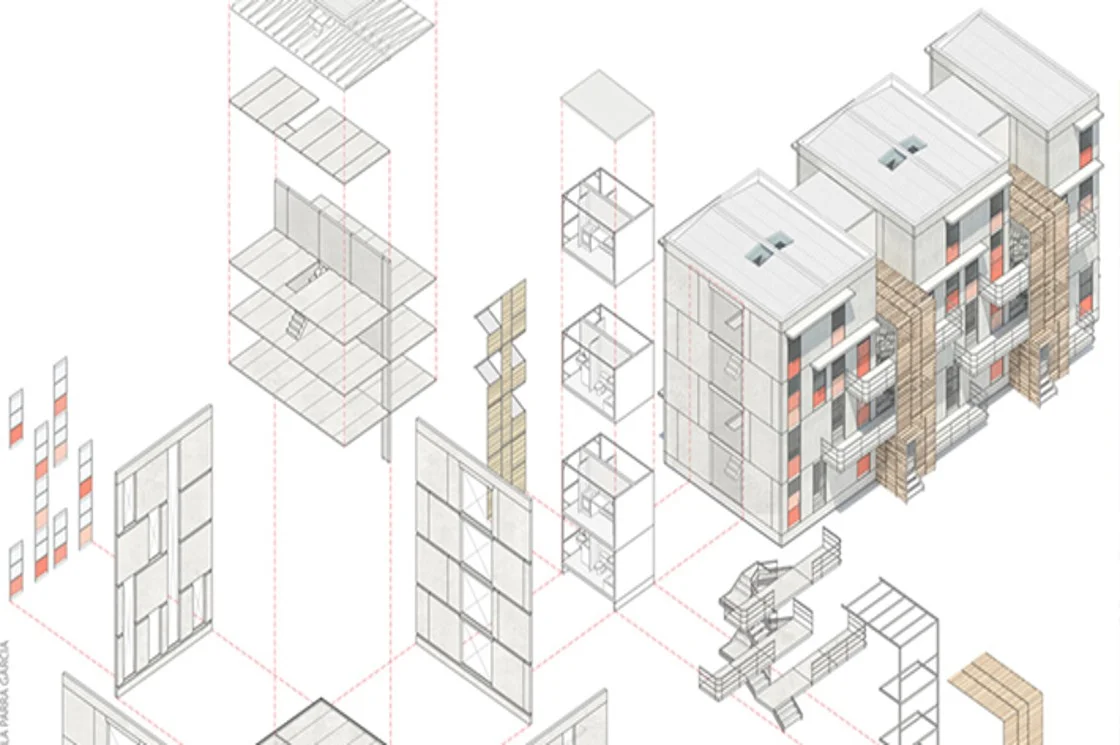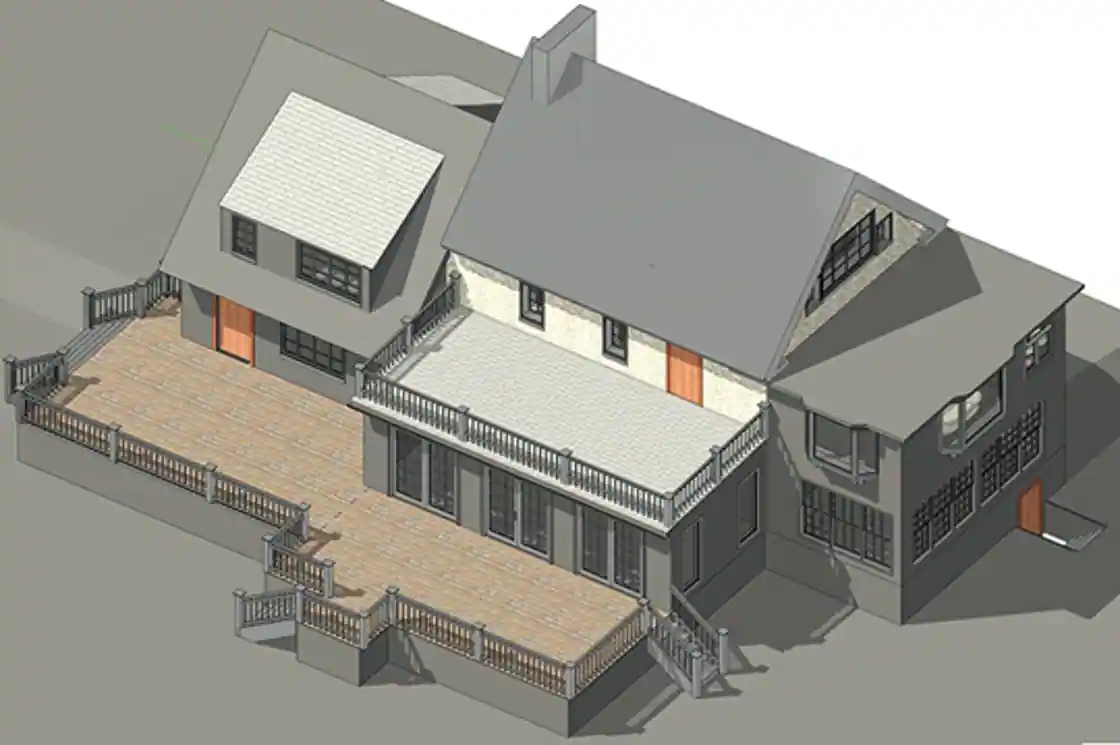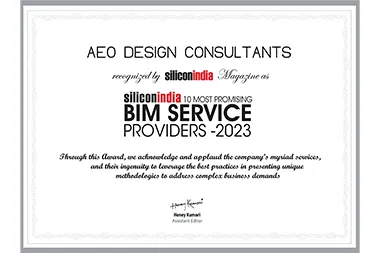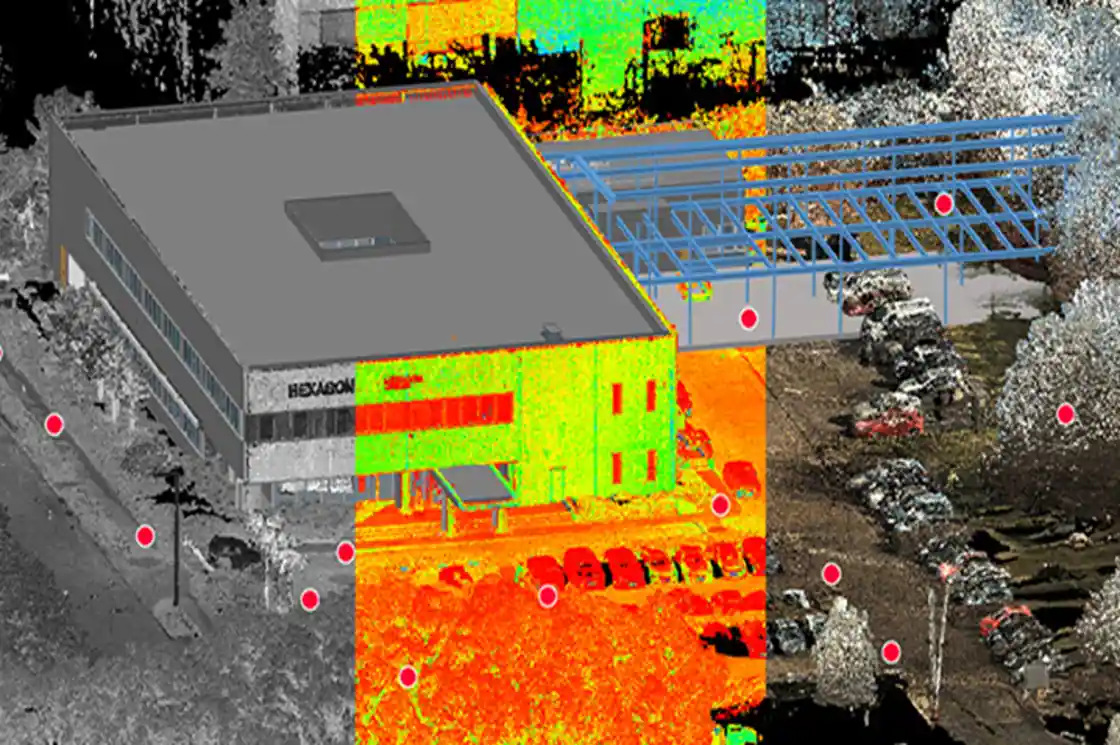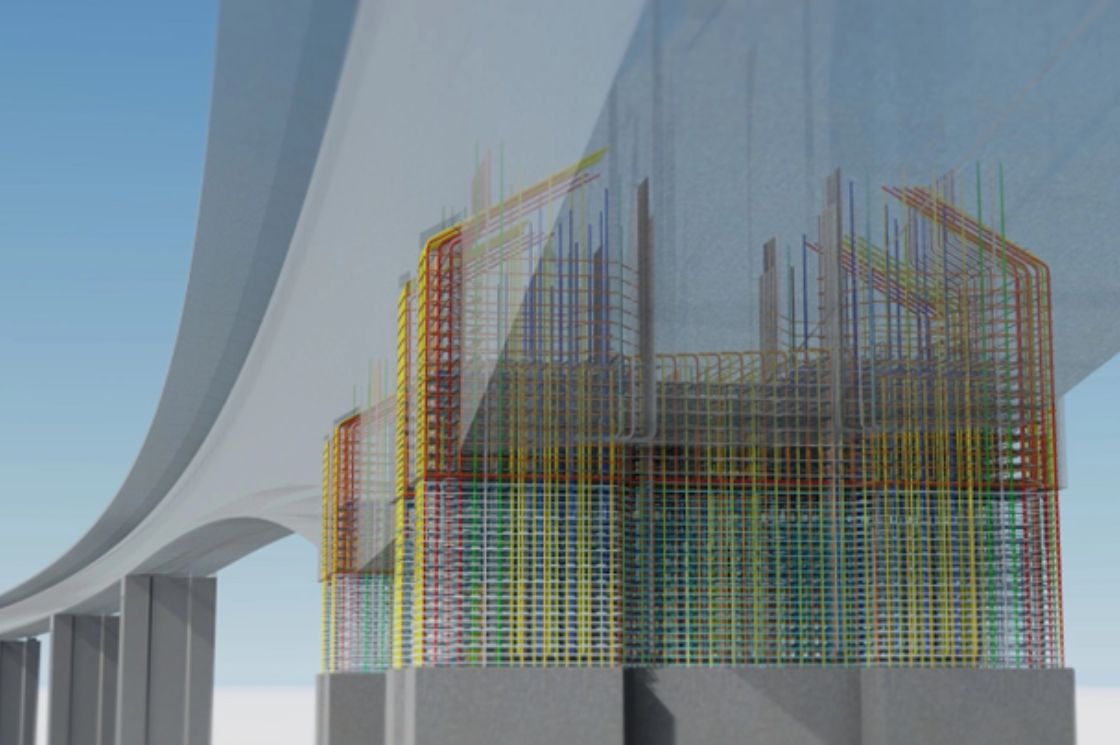Redefining Cutting-edge Construction Strategies through AI-BIM Fusion
AI and BIM have emerged as game-changers as the AEC fraternity continues to tread the tech path to fine-tune its workflows like never before. Whether cooking up a pandora of design iterations or making the repetitive tasks seem not-so-mundane, these tech strategies have invigorated innovation in construction.
An analysis of 500 projects revealed that AI-powered risk prediction reduced project overruns by 15%. Both AI and BIM have redefined traditional construction initiatives through disruptive ideas. But what awaits us now is the answer to sculpting functional, sustainable, and cost-effective designs.
When AI joins hands with BIM, we are promised a brighter future for AEC, which is synonymous with immense potential. In this blog, we will explore how AI-driven BIM challenges age-old construction workflows, leading to productive outcomes.
The Current BIM Situation
What would you do if you were ever approached to undertake a turn-key AEC project? Now, think about it. You would have to work on all the details, from the design conceptualization to material procurement.
How can you ensure everything falls into place while taking care of all the nitty-gritty details of the construction workflow? By creating a digital map over mere CAD modeling.
With BIM coming into the picture, curating such virtual representations has become a necessity rather than a mere possibility. It has made holistic visualization possible, allowing architects, engineers, contractors, and other stakeholders to collaborate smoothly using Revit Architecture Modeling. Moreover, facilitating risk assessment and comprehensive optimization takes productivity a notch higher.
However, despite the promises in store with BIM, there is a long list of limitations. What is the solution to tackling multiple such issues? AI-BIM integration.
Potentials of the AI-BIM Integration

The fusion of Artificial Intelligence (AI) with BIM brings a new dimension to the construction industry through extensive datasets to make well-thought-out decisions.
AI has become the driving force for enhancing BIM projects from project management to material allocation.
1. Skyrocketing Efficiency
With AI-BIM integration, designers can use Revit Architecture Modeling, BIM Coordination Services, and Point Cloud to BIM Services to their rescue. This reduces the time, resources, and effort required to realize a project. Thus, you can achieve stunning AEC initiatives within time constraints while ensuring cost savings.
2. Accuracy Like Never Before
Owing to its effective algorithms, AI and accuracy go hand-in-hand. But why, you might ask? AI has the power to process and analyze large datasets to meet the project requirements just right. With the addition of BIM, more precise project visualizations are ensured.
3. Intelligent Optimization
AI and Machine learning are two essentials for generating optimized design solutions. What helps achieve this? Analyzing datasets, historical project information, and performance criteria. Thus, architects and designers can explore Revit Architecture Modeling, BIM Coordination Services, and Point Cloud to BIM Services for a specific project goal.
4. Informed Decision-Making
AI serves you valuable real-time insights and predictive analysis on a platter. You are now provided with AI-driven BIM platforms to cut down on project delays. Additionally, transparency of communication among the stakeholders breaks down the silos, reducing the construction conflicts. Therefore, informed decision-making leads to smoother project executions.
5. Unparalleled Quality
Talk of AI and its power to analyze construction data in a snap. This helps in detecting patterns that can help identify potential issues. From looking into material inconsistencies to mapping out structural issues, AI can ensure that an AEC project meets the highest standards.
Combined with Revit Architecture Modeling, BIM Coordination Services, and Point Cloud to BIM, it creates stunning construction virtual simulations. Thus, the outcomes attained are unparalleled in quality.
6. Better Risk Management
While working on an AEC initiative, wouldn’t it be better if you got to know the possible hazards before the project was set in motion? AI-driven BIM offers proactive solutions that take you closer to saving time and costs. When you are aware of what could hinder your project, you are well-prepared in advance with the best solutions. Thus, costly delays or mistakes are mitigated.
Challenges of AI and BIM Coming Together

The oh-so-promising AI-BIM duo comes with its own set of challenges. For starters, the primary concern is ensuring seamless integration of AI with advanced technology like BIM. Here are some of the roadblocks associated with the AI-BIM package.
1. Data Quality
AI algorithms churn reliable data sets to perform precise predictive analysis. However, the quality of the data used for this process can greatly affect the outcomes, leading to probable risks.
2. Privacy Concerns
When you step into the world of AI algorithms, you will hear the term “bias” quite often. Concerns about privacy and security could lead to bias in decision-making, thus compromising data governance.
Nonetheless, the challenges associated with AI-driven BIM aren’t impossible to mitigate. With technology constantly evolving, AI continues fine-tuning BIM workflows, promising a bigger and brighter future for AEC and its diverse ventures.
What’s Yet to Come?
As we look deeper into what AI-powered BIM has in store, we see that a much more favorable period of development awaits us. With constant evolution, we can expect BIM projects that are big on automation and optimization, leading to efficiency like AEC has never witnessed. It is also probable that AI-driven BIM will become the new normal for the construction fraternity, resulting in increased adoption of drones and IoT sensors.
At AEODC, our team of experts caters to diverse AEC ventures by putting forward comprehensive AEC propositions. From elevating project efficiency to fostering innovation through tech-driven strategies, we help modernize your approach to construction ventures.




